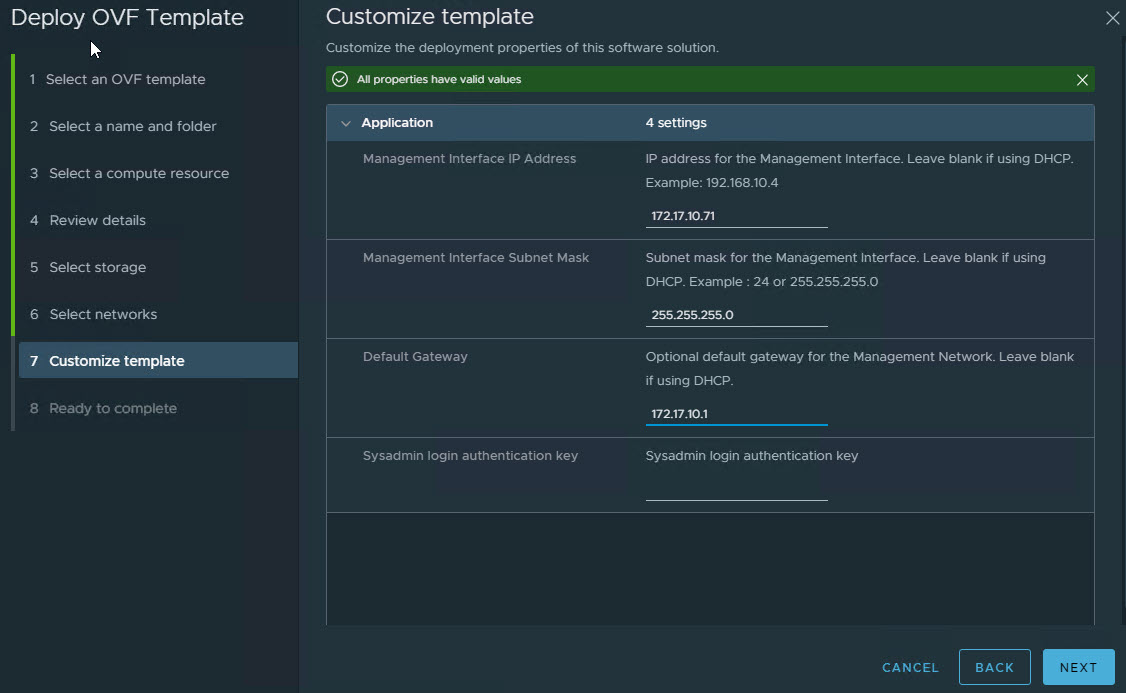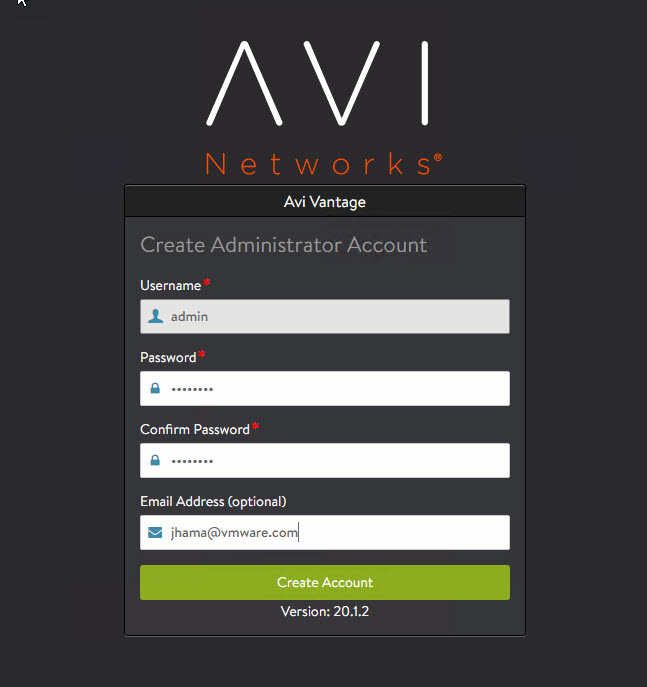In the last post of this series, I completed NSX-T integration with NSX ALB. Now it’s time to test the load balancer.
If you have missed the earlier post of this series, you can read them from the below links:
1: NSX ALB Introduction & Architecture
2: Avi Controller Deployment & Configuration
3: NSX ALB Integration With NSX-T
Let’s get started.
Before I dive into the lab, let me first explain the topology that I have implemented in my lab.
- I have two of my web servers sitting on the Web-LS logical segment backed by subnet 192.40.40.0/24.
- Logical segments ALB-Mgmt-LS and ALB-Data-LS are connected to the same Tier-1 gateway to which Web-LS segment is connected and are backed by subnets 192.20.20.0/24 and 192.30.30.0/24.
- Avi Service Engine VM’s are connected to both Mgmt & Data LS
- All 3 segments are created in the overlay transport zone.
- My Tier-0 gateway is BGP peering with a physical router and my Win JB machine is able to ping the logical segments default gateway.



